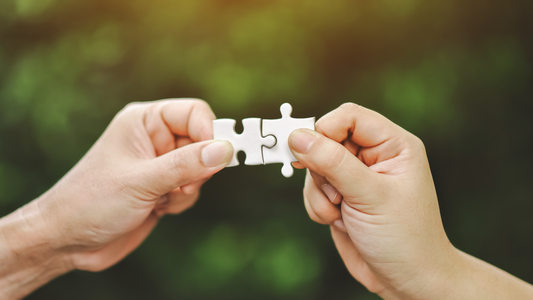Following our previous blog on “Changing the way we think about safe patient care”, we’ve been seeing many different discussions on change and how it’s managed; in both healthcare and other industries.
Charles Vincent, Health Foundation Professorial Fellow and Professor of Psychology at the University of Oxford, gives an interesting view, “More care is now being delivered in patients’ homes and patients and carers are taking on many tasks formerly carried out by professionals. We will shortly be trying to achieve similar standards of safety with a largely untrained workforce (patients and their carers) in settings not designed for health care and with almost no effective oversight or supervision. This may prove challenging. “
Sidney Dekker agrees that the patient must come first when considering safety. Recognising that many healthcare professionals work in a ‘blame culture’, where highlighting mistakes is not acceptable he believes we should be making system improvements so safety is more likely, with the key to achieving this is to create an organisation culture with ‘forward looking accountability’. This is even more necessary when patients are not always in the ‘safe’ hospital environment.
So how do we develop strategies and products that change the way we think about safe patient care – wherever that patient may be? Professor Vincent continues, “That’s why we argue that the health care of the future will require a new vision of patient safety necessarily focused on the patient and their environment more than on professionals and the hospital environment. “

Change can be uncomfortable. Lindsay Rogers, MD of creative content agency, Chello gives a great perspective on seeing change as disruption, writing, “It is a new world we operate in, where disruption is the only constant, and curiosity is a mandatory for navigating the future of technology, and indeed communications”.
Marc Resnick expands how curiosity and human factors can impact strategy and products. “The implications to many human factors domains is hard to deny. There are some work activities where we want to minimize creativity because the most effective process is well known and described. There are also some where we want to maximize creativity and insight. And of course many in between. Either way, the more we know about it, the better.”
The way we look at it at Phil-e-Slide is that curiosity is good. It makes us think. The Biotechsis® inbed care system and the forthcoming iSlide have developed from us being curious and answering questions such as:
• What does the patient want?
• Can the nurse / carer’s job be made easier with less physical impact?
• How the user’s experience be improved?
• How can we improve bed surface technology?
• Why do we use many products for different functions – could they be combined into a multifunctional system?
• How can we make sure this product is used the right way each time?
• Can they be used easily by professionals and home carers?
To discover more about the Biotechsis® inbed care system and how it can be used in hospitals, care homes, hospices and at patients’ homes please call 01454 417961 or email info@phil-e-slide-uk.com.





